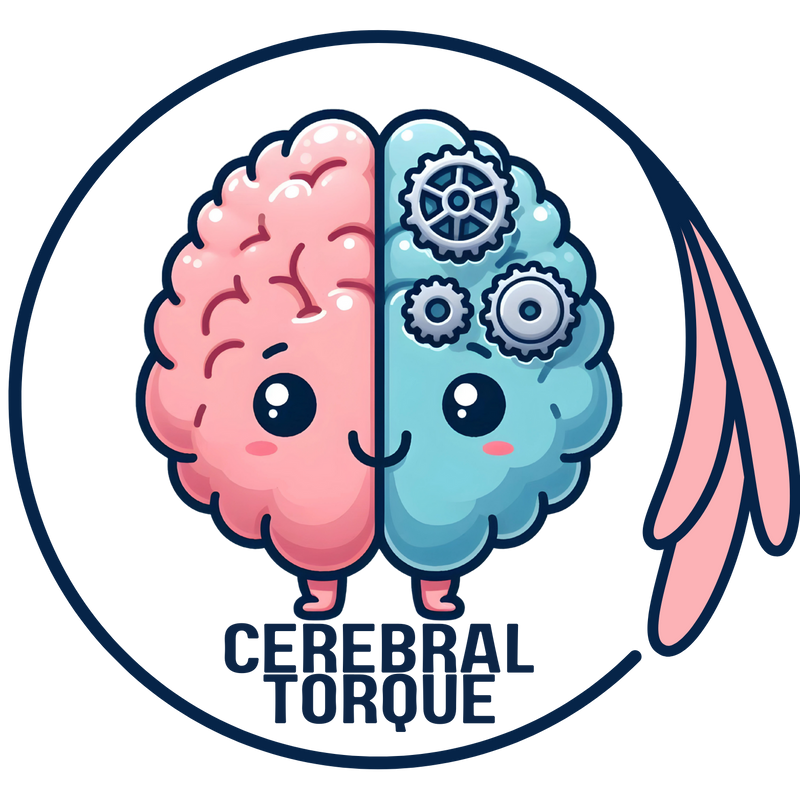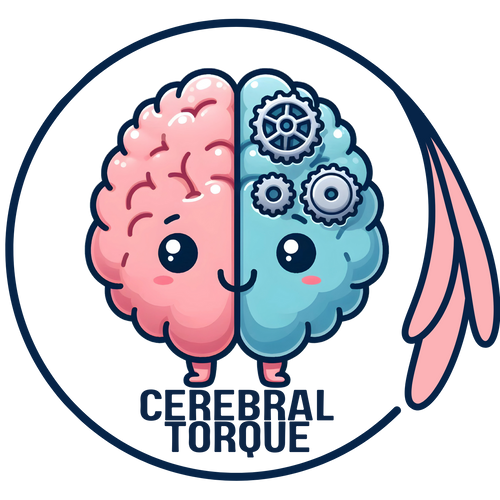Brain Connectivity Changes During Migraine Cycle
Posted on February 17 2025,

Brain Connectivity Changes During Migraine Cycle

This visualization represents the cyclic changes in brain connectivity throughout the migraine cycle, based on 82 functional MRI recordings from 12 patients. The graph shows how brain connectivity strength changes over time, demonstrating the "reset mode" pattern: a gradual increase during the pain-free period, peaking during the prodrome phase, followed by a sharp drop during the headache phase. In a typical person who doesn't experience migraine, brain connectivity maintains a relatively stable pattern. The communication between different brain regions would only show minor fluctuations throughout the day. These small changes might occur naturally with daily activities, such as becoming more alert during focused work, slightly decreasing during relaxation, or shifting during sleep cycles. However, unlike migraine patients, non-migraine individuals don't experience the dramatic cyclical pattern of brain connectivity rising and falling in a predictable manner. They don't have the sharp "reset" where connectivity suddenly drops, nor do they experience the gradual build-up to an extremely high level of connectivity followed by a crash. Instead, their brain maintains a more balanced and steady state of communication between regions, with changes being gentle and temporary rather than following a repeating pattern of extremes.
Study Overview
- 12 patients studied
- 82 functional MRI recordings
- Connectivity peaks in prodrome phase
- Reset occurs during headache phase
Clinical Significance
- Treatment Timing: The peak in connectivity during the prodrome phase suggests that early intervention, before headache onset, might be more effective.
- Diagnostic Potential: The consistent pattern of connectivity changes could help in developing better diagnostic tools for migraine prediction and monitoring.
- New Treatment Targets: The identification of specific brain regions provides new potential targets for migraine treatments.
- Patient Education: Understanding the cyclical nature of brain changes can help patients better recognize and prepare for upcoming attacks.
Reference: https://academic.oup.com/braincomms/article/7/1/fcaf045/7990339
Mon, Nov 17, 25
Migraine Research - During the week of my absence.
Migraine Research - During the week of my absence. The Association Between Insomnia and Migraine Disability and Quality of Life This study examined how insomnia severity relates to migraine disability...
Read MoreSat, Nov 01, 25
Anti-CGRP Monoclonal Antibody Migraine Treatment: Super-Responders and Absolute Responders and When to Expect Results
Anti-CGRP monoclonal antibodies achieved 70% super-response and 23% complete migraine freedom in a one-year study. Most dramatic improvements occurred after 6 months of treatment. For patients with chronic or high-frequency...
Read MoreAll Non-Invasive Neuromodulation Devices for Migraine Treatment
Wondering if migraine devices actually work? This guide breaks down the latest evidence on non-invasive neuromodulation devices like Cefaly, Nerivio, and gammaCore. Learn which devices have solid research backing them,...
Read More



